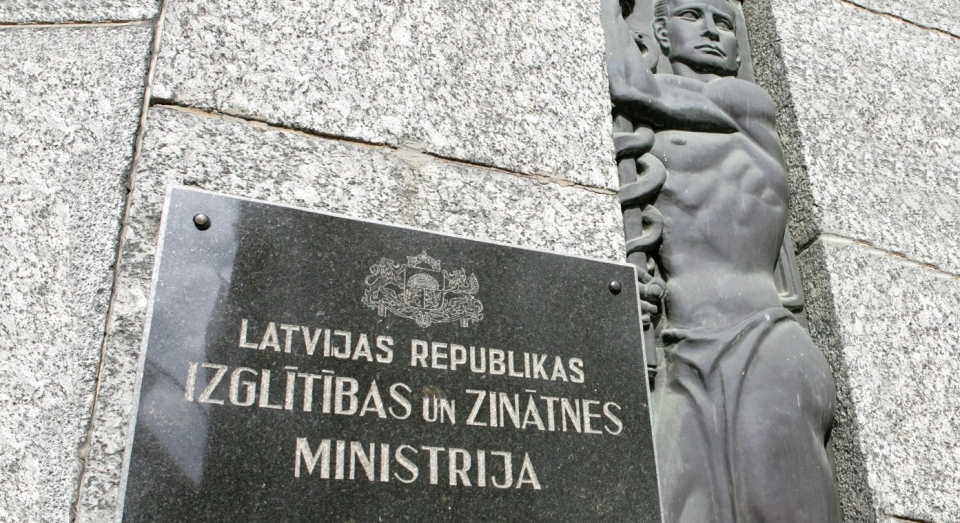There are currently 647 general education establishments in Latvia, and the Ministry of Education and Science plans that about 60 schools will be affected by the new reform plan. According to the new map of secondary education establishments created by the Ministry, for example, out of six current high schools, the municipality of Rēzekne will be left with one. According to Guntars Skudra, head of the Education Board of Rēzekne municipality, the development strategy of the municipality included the development of each parish association, and the possibility of obtaining secondary education was also planned. Now these plans are collapsing.
"This map already showed us the changes. There are currently six secondary schools in the municipality [..] inTaking into account the new criteria and the state's involvement in setting up the school network, only one high school remains on their map," Guntars Skudra said.
In 2010 there were 858 schools in Latvia. The number has fallen by more than two hundred in the past thirteen years. In the border-area Balvi municipality alone, 9 educational establishments have been reorganized and eliminated in this period. According to Sergejs Maksimovs, the chair of the Balvi municipality council, the process is ongoing, but, in his view, economic problems are being addressed in the country at the expense of education.
"Baltinava High School, Rekava High School, and the Rugāji High School are no longer available on this map. This cannot have a positive impact on the development of Balvi municipality,[..]. At the moment, the most important question that society and the municipality would like to understand is what is the aim of this education reform? The only thing we can see is to save money, but it is not the main objective of IZM," said Maksimovs.
The sharp drop in the number of secondary schools in the border area, by eliminating high schools in Zilupe, Cibla, Kārsava, Baltinava, and Rekavu, reveals a situation where only three high schools remain in the border area – Ludza, Viļaka, and Balvi.
Sergejs Maksimovs believes that most pupils will not have the opportunity to go 60 kilometers there and back to school, but using dormitory services that cost around €200 a month, the average family from the countryside will be able to provide high school education to one child at best.
"The state is currently debating that in the future secondary education will be compulsory and at the same time, create an environment where this education will not be available, because for most families, farms in the border of Latvia, it will be simply unbearable financially, because to live in dormitories is more expensive," said Maksimovs.
Last Friday, the annual negotiations of the Latvian Association of Regional Governments and the Ministry of Education and Science held active discussions on a sustainable, efficient school network. According to Gints Kaminskis, president of the Local Government authority, municipalities are calling on the Ministry to continue negotiations on the optimization of the network of schools.
The Cabinet instructed the IZM to submit an information report by August 15 this year with clear criteria for the reform of the school network, an assessment of its impact on the quality and management of education, the possibility to ensure it, as well as an assessment of the impact on state and local government budgets.




























